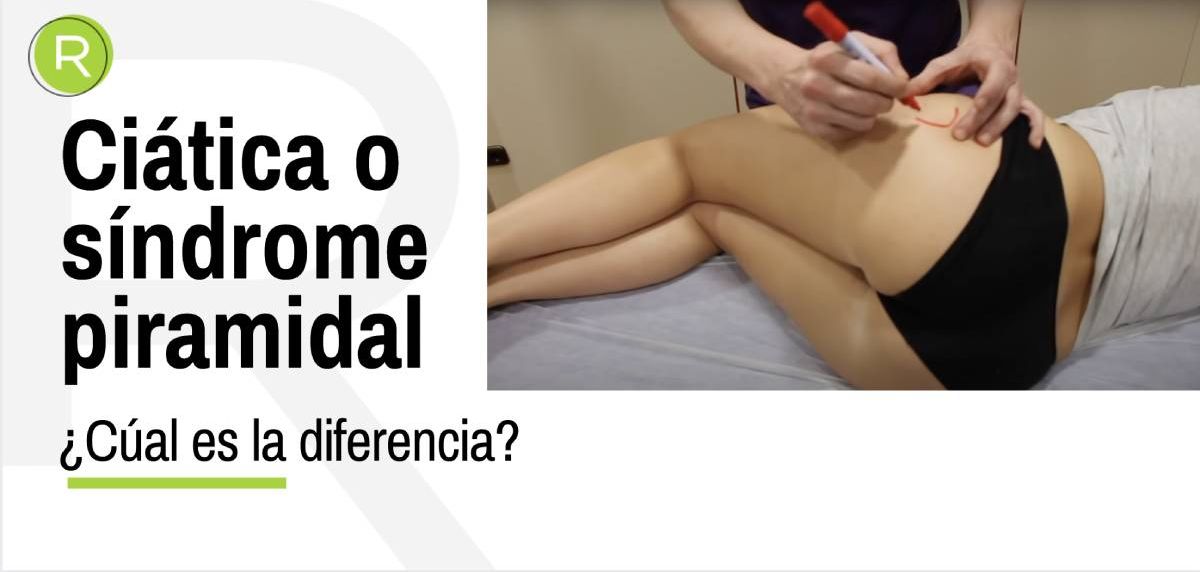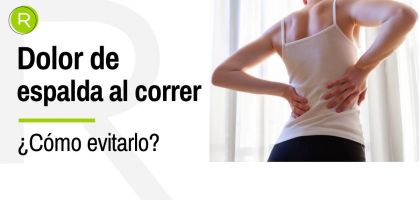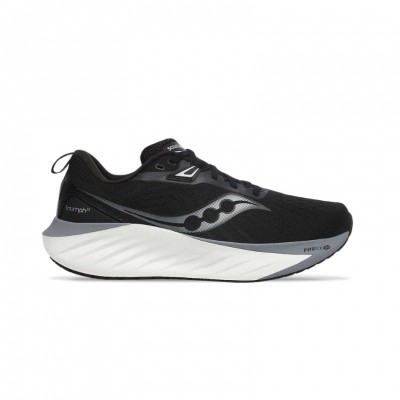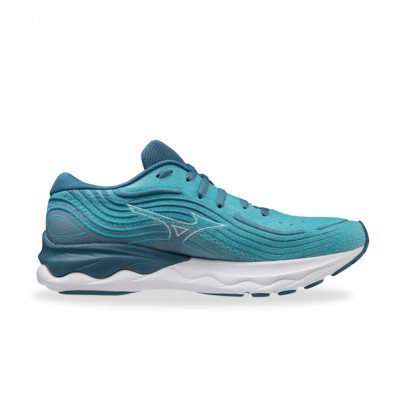One of the most recurrent questions in physiotherapy centers among popular runners is to know the difference between sciatica and pyramidal syndrome. In principle it is an injury that is often confused and therefore delay recovery periods by not undertaking adequate treatment.
When we suffer from sciatica (true sciatica) the main symptoms occur and radiate even below the knee. That is to say from the area of the gluteus or low back up to the area of the calf. It is also difficult for the lesion to be detected on an X-ray or nerve conduction test.
The key to differentiate one ailment from the other is the qualification of the specialist through palpation of the affected area. The specialist in a sciatica should be able to perceive a small torsional displacement with blockage of the sacroiliac joint. One way to visualize the existence of the lesion is to lie face up on the floor, if the foot of the affected area rotates outward more prominently than the other foot, we speak of sciatica.
Pyramidal syndrome
On the other hand, the piriformis syndrome or piriformis syndrome is an injury that consists of an overload of the piriformis muscle, which leads to a sharp pain in the gluteal area that can (not always) refer pain to the lower limb without going below the knee.
The piriformis muscle or piriformis, is small, hidden, but its importance is vital in the popular runners. We explain why... This muscle is responsible for facilitating the hip to rotate outwards, allowing the thigh of the leg to separate from the center of the body. In other words, the pyramid muscle connects the sacrum (the lowest region of the spine) to the femur (thigh bone).
In other words, its function is of vital importance in the running stride. When a shortening or contracture of the piriformis muscle occurs, the pain that radiates from it does not allow running and its recovery can take up to several weeks. When we run, especially with long strides and in irregular terrains, a great tension is produced in the column that arrives to the leg. If the tension is excessive, the sacrum can become overloaded, blocking the joint and producing an intense and annoying pain. The sensation is as if with each stride you have a whiplash in the buttocks. and the wider the stride the more pain. The sensation is burning and increases when the injured person spends a lot of time sitting. This injury should not be confused with sciatica.
In sciatica the pain radiates from the back and can reach the toes. It is a radiating pain that takes the whole leg. In pyramidal syndrome the pain is concentrated in the buttock.
Why can this injury occur?
There are several causes. In addition to excessive training, a stride that is too wide and forced, the main cause of pyramidal syndrome is prolonged sitting. And we will recognize the injury not only by the stabbing pain in that area when we train, but also because over the days the pain returns in the entire gluteus when we remain seated for a long time.
Can pyramidal syndrome be prevented?
It is essential to perform stretching and pelvic exercises before and after each workout. It is essential to work in the gym, strengthening the gluteal area. Use appropriate footwear that minimizes the impact of the stride. Despite the trend of minimalist footwear, it is important to have Running shoes with sufficient cushioning to minimize the impact on landing. This is especially true for runners who land on their heel. And finally a proper running technique so that we learn to adapt our stride to the terrain on which we run.
How to cure pyramidal syndrome?
To begin with, it is necessary to stop.
- Stop running, cycling or any exercise that causes pain in the area.
- Ice: Apply ice for 20 to 25 minutes, every 3 or 4 hours to reduce the inflammation of the muscle.
- Physiotherapeutic treatment Manual treatment by a professional through a therapeutic massage of the affected area is essential.
The professional will try to rotate the sacral bone in the correct way according to the torsion that has occurred. The massage of the area will be followed by a fascial release. A constant force is applied to the muscle. For this the physiotherapist will try to stretch the restricted fascia slowly. Direct release aims to achieve physical changes in the structure by stretching the fascia and releasing the restrictions. Before manipulation it is very important to stretch the muscle and hip external rotators. After the treatment it is usually recommended to apply in the morning some ointment that gives heat to the area and apply dry heat at night.
Stretching of the piriformis muscle
Read more news about: Sports Injuries




















